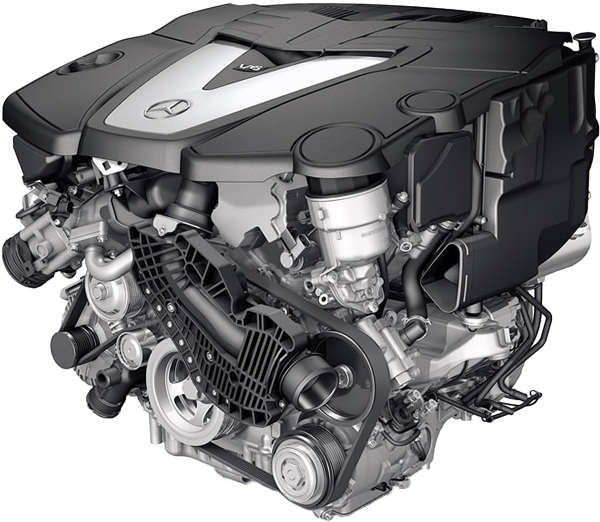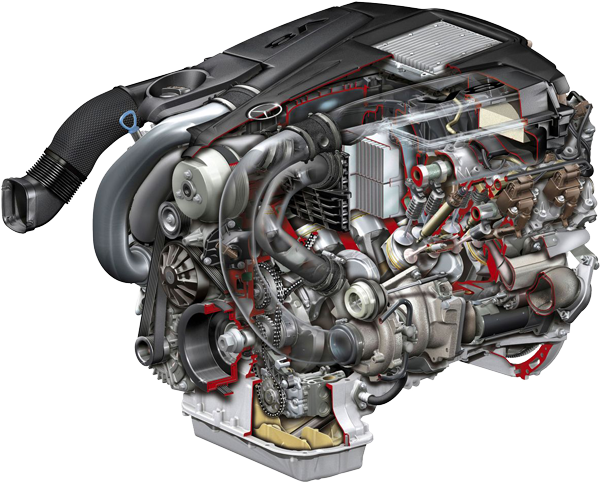The Comparative Analysis :
Mercedes E 300 7G-TRONIC PLUS (13 - 14) vs. Mercedes E 500 7G-TRONIC PLUS (13 - 15)
€ 51,500

€ 71,200

€ 51,500
Base Price ⓘBase price of a new vehicle with standard equipment in Germany at market launch.
€ 71,200
ⓘBase price of a new vehicle with standard equipment in Germany at market launch. Price Info
Vehicle Dimensions
The dimensions of the E 300 and the E 500 are absolutely identical. Both are 4879 mm long, 1854 mm wide and 1474 mm tall.
E 300
E 500
1474
1854
2071
1474
1854
2071
1854 mm
Width
1854 mm
2071 mm
Width Incl. Mirrors
2071 mm
1474 mm
Height
1474 mm
2874
4879
2874
4879
4879 mm
Length
4879 mm
2874 mm
Wheelbase
2874 mm
Vehicle Weight
E 300
E 500
1730 kg
Kerb Weight
1905 kg
2275 kg
Gross Vehicle
Weight
Weight
2440 kg

Weight Difference:
175 kg
9.19 %

General
E 300
E 500
W212
Generation
W212
Saloon
Car Body Style
Saloon
Unleaded (95 RON)
Fuel Type
Unleaded (95 RON)

Rear-wheel drive
Drive
Rear-wheel drive

7-speed automatic transmission
Transmission
7-speed automatic transmission
Engine
E 300
E 500
V6 petrol engine (naturally aspirated engine)
Engine Type
V8 petrol engine with two turbochargers (biturbo)
Mercedes-Benz M 276
Engine Series
Mercedes-Benz M 278
M 276.952
Engine Code
M 278.922


4
Valves
4
6
Cylinders
8
3498 CC
Engine Capacity
4663 CC
249 bhp
at 6500 rpm
Power
402 bhp
at 5000 rpm
E 300
249 bhp
402 bhp
E 500
340 NM
at 3500 rpm
Max. Torque
600 NM
at 1600 rpm
E 300
340 NM
600 NM
E 500
Performance
E 300
E 500
155 mph
Maximum Speed
155 mph
7.1 sec
Acceleration 0 to 62 mph
4.9 sec
62 mph
62
mph
mph
99 m
0.000 sec

E 300
62 mph
62
mph
mph
68 m
0.000 sec

E 500
▶ REPLAY
6.95 kg/bhp
Weight-to-Power Ratio
4.74 kg/bhp
E 300
6.95 kg/bhp
4.74 kg/bhp
E 500
Fuel Economy / Emissions
E 300
E 500
Fuel Economy
42 mpg
combined
32 mpg
E 300
42 mpg
32 mpg
E 500
30 mpg
city
24 mpg
53 mpg
motorway
40 mpg
59 L
Fuel Tank Capacity
80 L
539 mi
Range
559 mi
E 300
539 mi
559 mi
E 500
Environmental Impact
128.7 kWh
Total Energy Consumption
per 100 miles ⓘThe total energy consumption per 100 miles is the amount of energy consumed by a vehicle when burning fuel or using electricity per 100 miles (final energy), and the energy required to produce the appropriate amount of fuel or electricity (primary energy).
per 100 miles ⓘThe total energy consumption per 100 miles is the amount of energy consumed by a vehicle when burning fuel or using electricity per 100 miles (final energy), and the energy required to produce the appropriate amount of fuel or electricity (primary energy).
168.7 kWh
E 300
128.7 kWh
168.7 kWh
E 500
Euro 5
Emission Standard
Euro 6b (NEFZ)
159 g/km (NEFZ)
CO2 Emissions
207 g/km (NEFZ)
Practical Convenience
E 300
E 500
4
Doors
4
5
No. of Seats
5
545 kg
Maximum Payload
535 kg
540 L
Boot Capacity
540 L










No data
Boot Capacity (Seats Down)
No data


















